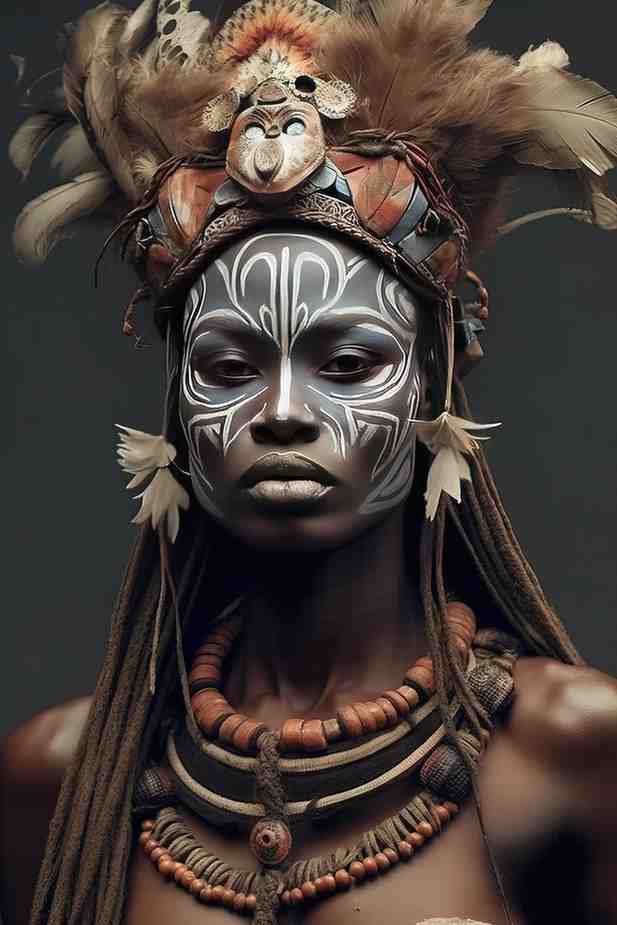Unveiling the Rich Tapestry of Alaska’s Indigenous Tribes: Exploring Lifestyle, Tradition, and Marriage Ceremonies

Introduction: Alaska, the land of rugged wilderness and breathtaking landscapes, is not only home to diverse flora and fauna but also to a rich tapestry of indigenous cultures. Among these cultures, the indigenous tribes of Alaska stand out for their deep-rooted traditions, vibrant lifestyles, and unique marriage ceremonies. In this extensive exploration, we delve into the lives of Alaska’s tribes, uncovering their intricate traditions, the essence of their lifestyles, and the sacred rituals surrounding marriage.
I. Understanding Alaska’s Indigenous Tribes: 1.1. Diversity of Tribes: Alaska boasts a remarkable diversity of indigenous tribes, each with its distinct language, customs, and way of life. From the Inupiat and Yupik in the Arctic regions to the Athabaskan and Tlingit in the Southeast, the state is a mosaic of cultures, each contributing to the rich tapestry of Alaska’s heritage.
1.2. Historical Context: The history of Alaska’s indigenous tribes is a narrative of resilience and adaptation. From centuries of subsistence living, navigating harsh climates, to facing the impacts of colonization, these tribes have preserved their traditions against formidable odds. Understanding this historical context is crucial in appreciating the depth of their cultural practices.
II. Lifestyle of Alaska’s Indigenous Tribes: 2.1. Subsistence Living: At the heart of Alaska’s indigenous lifestyle lies a deep connection to the land and its resources. Subsistence living, characterized by hunting, fishing, and gathering, sustains not only the physical needs but also the cultural identity of these tribes. Salmon runs, caribou migrations, and seasonal harvests shape their annual rhythms, reinforcing the symbiotic relationship between humans and nature.
2.2. Traditional Practices: From crafting intricate artwork to mastering traditional dances, the lifestyle of Alaska’s indigenous tribes is steeped in rich cultural practices. Basket weaving, ivory carving, and storytelling serve as mediums for preserving ancestral knowledge and passing it down through generations. These traditions not only celebrate the past but also provide a sense of continuity and belonging in the rapidly changing modern world.
III. Tradition and Ceremony: 3.1. Spiritual Beliefs: Central to the traditions of Alaska’s tribes are their spiritual beliefs, deeply intertwined with the natural world. Animism, reverence for the land and its inhabitants, permeates every aspect of life, infusing rituals and ceremonies with profound meaning. Elders play a vital role as guardians of spiritual knowledge, guiding the community in ceremonies that honor the interconnectedness of all living beings.
3.2. Potlatches and Feasts: Potlatches, ceremonial gatherings of feasting and gift-giving, hold immense cultural significance among Alaska’s indigenous tribes. These events serve as occasions for fostering social bonds, redistributing wealth, and commemorating important milestones such as births, marriages, and deaths. Through potlatches, communities reaffirm their collective identity and strengthen ties with neighboring tribes.
IV. Marriage Ceremonies: 4.1. Courtship and Betrothal: Marriage among Alaska’s indigenous tribes is a sacred union deeply rooted in tradition and community. Courtship often begins with mutual consent between the individuals, followed by a period of courtship where families may be involved in negotiations. Betrothal agreements, symbolized by the exchange of gifts or ceremonial gestures, formalize the intention to marry and seal the bond between the two families.
4.2. Rituals and Customs: Marriage ceremonies vary widely among Alaska’s tribes, reflecting the diversity of cultural practices across regions. However, common elements often include rituals invoking the blessings of ancestral spirits, the exchange of vows or promises, and the symbolic binding of the couple through shared experiences or gifts. These ceremonies are imbued with symbolism, representing not only the union of individuals but also the merging of families and the continuity of tradition.
V. Contemporary Challenges and Preservation Efforts: 5.1. Cultural Preservation: In the face of modernization and external pressures, Alaska’s indigenous tribes confront numerous challenges in preserving their cultural heritage. Language loss, encroachment on ancestral lands, and the erosion of traditional practices threaten the vitality of these communities. However, concerted efforts are underway to revitalize indigenous languages, reclaim traditional knowledge, and promote cultural education among younger generations.
5.2. Sovereignty and Self-Determination: The quest for sovereignty and self-determination remains a pivotal issue for Alaska’s indigenous tribes, asserting their rights to govern their own affairs and protect their ancestral lands. Through advocacy, legal battles, and grassroots activism, these tribes strive to reclaim control over their destinies and shape a future that honors their cultural heritage and respects their autonomy.
Conclusion: In the vast expanse of Alaska’s wilderness, the indigenous tribes stand as guardians of a rich cultural legacy, woven intricately into the fabric of the land. Their lifestyles, traditions, and marriage ceremonies reflect a profound connection to nature, community, and spirituality, offering glimpses into a world shaped by centuries of resilience and wisdom. As Alaska navigates the currents of change, the preservation of these indigenous cultures remains not only a matter of heritage but also a testament to the enduring spirit of the human experience.